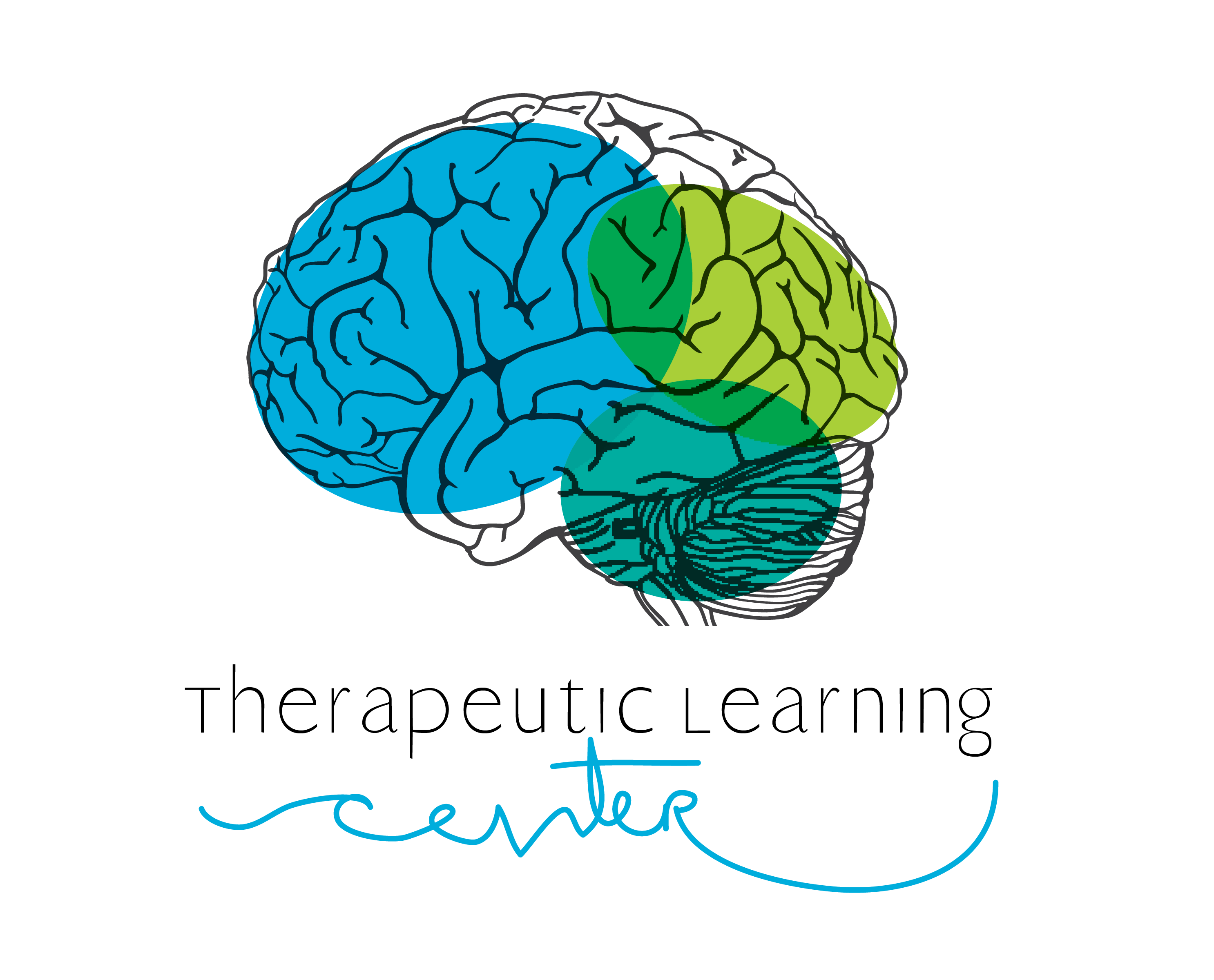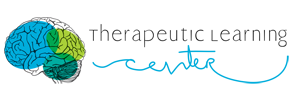Halloween masks can be great fun, but is your child wearing a “mask” all year long? Secretly Dyslexic Mike was funny and gregarious. He showed his smarts in class discussions, but come time to sit down and work, he would play “class clown” and entertain his neighbors instead. Unfinished schoolwork was sent home, and addedRead more



